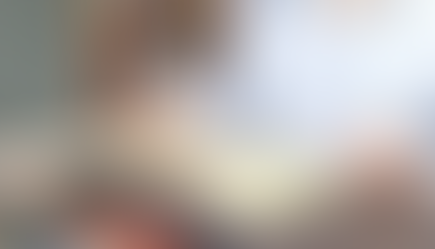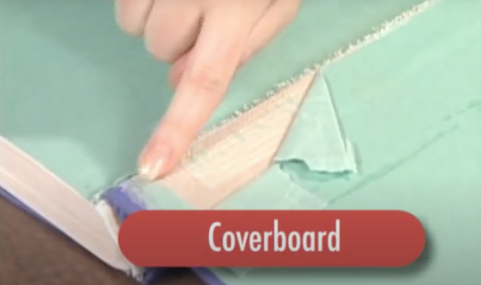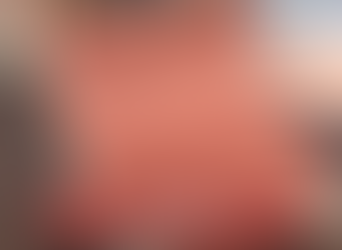To get familiar with the anatomy of books I have researched some guides online
here are my research links and the notes I've taken.
and this video below
*All images are either screenshots from the video/ article above.
Dust Jacket or Dust Wrapper – First used during the 19th century, the original purpose of the dust jacket was to protect the cover of books from scratches and dust which could have been made from fine leather, linen cloth, silk or other expensive materials.
In today’s modern world, dust jackets serve the same purpose but are generally used to host eye-catching artwork designed to lure the reader in and increase sales.
Found only on hardcover books, the dust jacket will normally be made from paper or plastic (or plastic covered paper) with the ends of which wrapped inside the book cover.
Book Cover or Book Board – The front and back covers of books are often referred to as book covers or book boards as they are often made of bookbinding board and cover the book.

Joint/ crease – The Joint of a book is the small groove which runs vertically down the book itself between the book boards (book cover) and the spine. It bends when the book is opened and is only seen on hardcover books. There are 2 of these front and back

Spine (textblock spine) – The spine is where the signatures and textblock are bound.

Spine inlay - is a piece of paper which is glued to the inside of a book's spine to provide extra strength, found underneath the spine.

Super paste cloth - is a piece of meshed material that gives extra support by attaching to the signatures and the cover board

Paper lining - is the paper used to lining the back of the signatures.

super - is a thin loosely woven meshed cotton fabric that form the henge between the cover and the pages of the book, found on top of the super paste cloth,
Header Cap - top most part of the book spine
Bottom Cap - bottom most part of the book spine
Tail – The Tail is the bottom part of the book.
Headband & Tailbands– Headbands are coloured threads (normally mercerised cotton or silk) which are wrapped around a core of some sort (normally vellum backed with leather) and are then sewn through the signatures, filling space left between the spine and the book block. Their original purpose is to help lessen damage to the book when it is removed from a shelf by it’s headcap.
Raised Bands – Raised Bands were originally the result of cords (or thongs) used during the sewing process which were affixed to the signatures and used to hold the book covers on.

Signatures – Signatures are stacks of two or more pieces of paper which are folded and grouped together ready for sewing. Each of the signatures are bound together individually and later bound together as a whole forming the textblock.

Tube - is the space between the spine and the back of the signatures

Contents - are all the signatures found inside
End Paper (End Sheets) – Endpapers are the first and last pages of the book which which glued to the cover boards (front and back). Often these end papers will be of heavier weight and decoratively patterned often marbled with a cloth hinge for reinforcement.
Flyleaf - is the page that meets the end paper and is the first or last page of the book.

Hinge – The Hinge of a book is the section between the cover boards and the spine. It’s the part that bends when the book is opened.
Book Block or Text block – The block of internal pages that make up the book.
Leaves – Two pages of a book (1 sheet) is referred to as a leaf, front (‘recto’) and back (‘verso’).
Edges / Fore Edge – The edges of the leaves and the textblock as a whole. On more expensive books you will likely find the fore edge has been painted with a hidden painting (known as foredge painting or art) or has gilt edges (smoothed and painted, normally with gold leaf or gold paint).






















